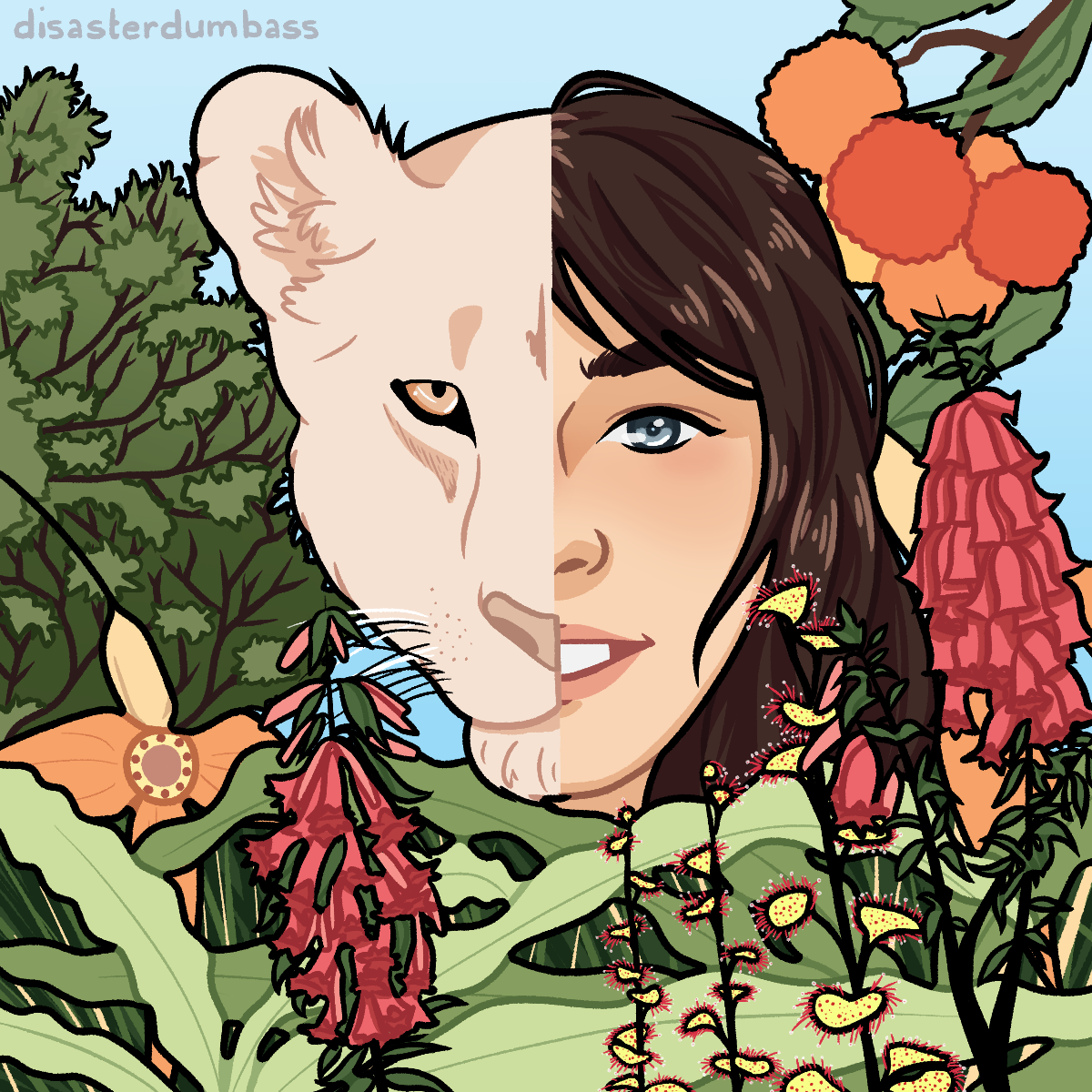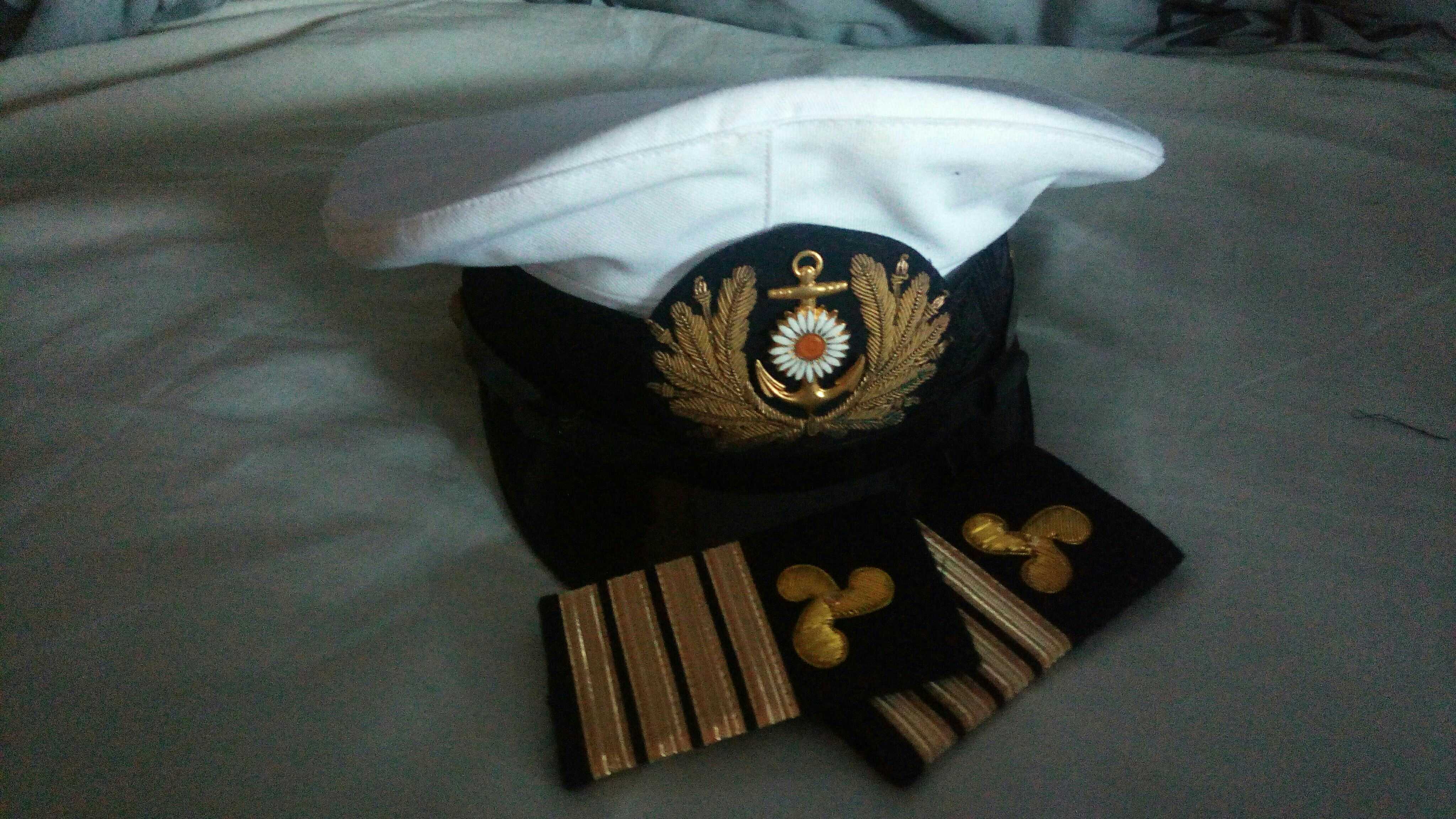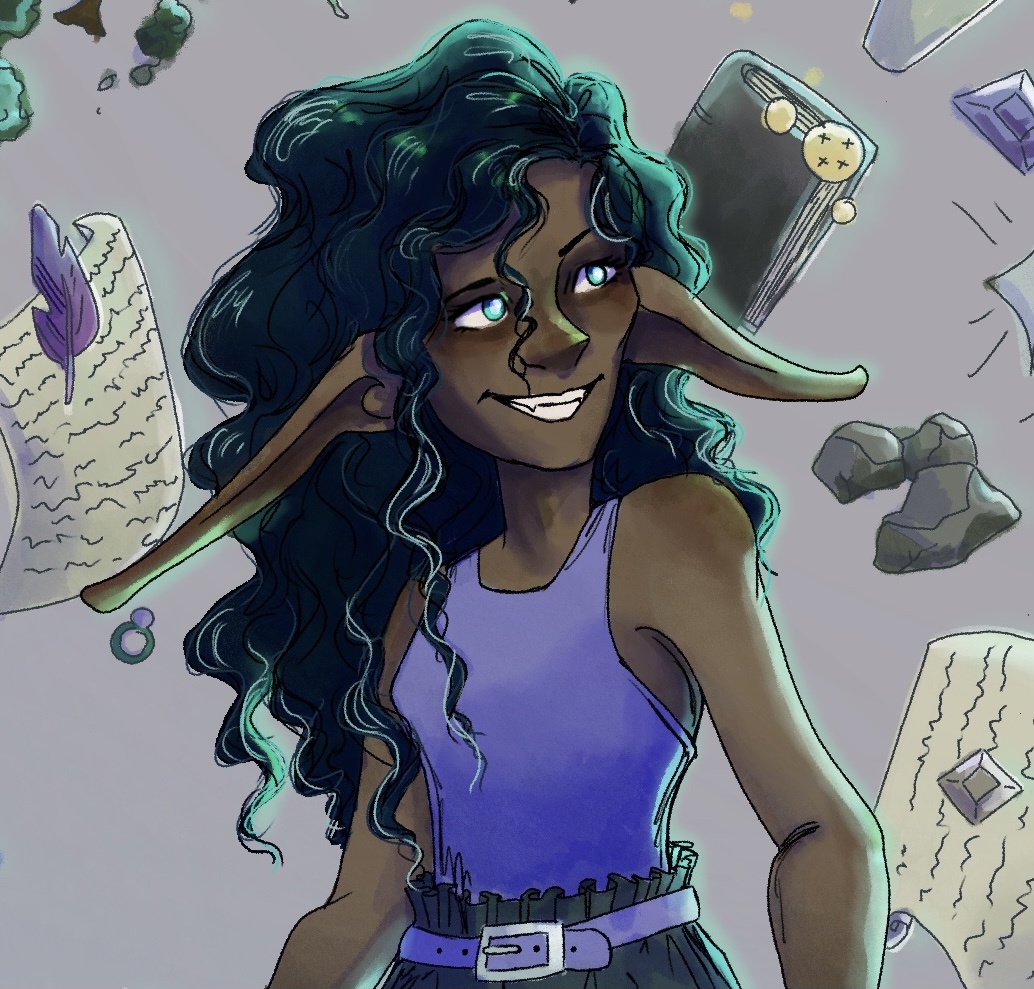
Tide hardbacks are large animals domesticated by halflings. They are best known for travelling with Berari halflings all around the continent and the many seas that surround it.
The average lifespan of a tide hardback is 130 years. Thus, most tide hardbacks go through a couple of owners or generations in their lives. Incidentally, keeping a turtle that has been owned by three owners already is considered bad luck. Most often when this happens, the would-be next owner sacrifices the turtle and harvests the meat. Sometimes, the turtle is simply asked to leave and follow their own path.
Some people think that the name "tide" comes because they are so big they can cause small tides when they swim in a pod.
But really, it's just because their size allows them to swim anywhere, regardless of tides.
Valek, a studious man on halfling issues
This world uses trademarks and/or copyrights owned by Paizo Inc., used under Paizo's Community Use Policy. We are expressly prohibited from charging you to use or access this content. This world is not published, endorsed, or specifically approved by Paizo. For more information about Paizo Inc. and Paizo products, visit paizo.com. However, this world is independent of Paizo's world (Golarion) and most content that you will read here has been created and written by myself.
Comments
Author's Notes
The original version of this article was created as an entry for World Anvil's flagship Summer Camp 2021 event, specifically for prompt #4:
"Somewhere in your setting,
You can view my other entries from the competition here.
All images are sourced from pixabay, pexels, or unsplash unless credited otherwise.
describe a species of working animal."
Please Login in order to comment!
















Very detailled, I love the layout and details you put into your article! Happy SummerCamp :D
Thanks so much, happy SC back ;)